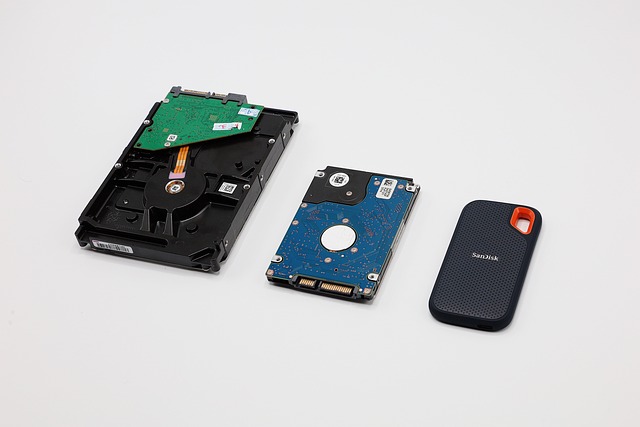The necessity to clone disk
The need to clone a disk arises from various scenarios. Whether you are upgrading to a larger hard drive, transitioning to a solid-state drive (SSD), or safeguarding against potential data loss, disk cloning is a reliable and efficient solution. By creating an exact replica of your disk, including the operating system (replaceable), applications, and data, disk cloning ensures a seamless transition and acts as a robust backup strategy. It safeguards against hardware failure, system crashes, and even ransomware attacks, providing peace of mind and data security.
How to choose a disk clone software
With numerous disk clone software options available in the market, selecting the right one can be overwhelming. Consider the following factors when you want to choose the best cloning software:
Ease of Use:
Look for a disk clone software with a user-friendly interface and intuitive workflow. This ensures that both beginners and experienced users can navigate the software effortlessly, reducing the learning curve and avoiding potential errors.
Features and Functionality:
Assess the features provided by the disk clone software. Look for options such as system cloning, partition cloning, incremental backups, and differential backups. These features offer flexibility and enable you to customize your cloning process based on your specific requirements.
Reliability and Data Integrity:
Data integrity is paramount when it comes to disk cloning. Ensure that the software you choose has a solid reputation for accurately cloning your disk without any data loss or corruption. Reading user reviews and testimonials can provide insights into the reliability of the software.
Support and Updates:
Opt for disk clone software that offers regular updates and customer support. This ensures that you have access to the latest features, bug fixes, and assistance when needed.
Recommend the best cloning software – AOMEI Backupper
Among the numerous disk clone software available, AOMEI Backupper stands out as a robust and feature-rich solution. Here’s why it is our top recommendation:
Sector-by-sector clone: it enables users to copy every sector from the source to the destination while keeping It ensures that the new disk is an exact replica of the original disk, preserving the old partition layout. This feature is particularly useful when you need to recover data or want to maintain an identical disk structure on the new drive.
Intelligent clone: it only clones the used sectors on the original HDD while skipping bad sectors. This approach helps to optimize the cloning process and save a significant amount of space on the new SSD.
Additional Features: in addition to disk cloning, AOMEI Backupper offers a suite of other backup and restore features. These include file and folder backups, system backups, disk imaging, and scheduled backups, providing comprehensive data protection.
Multiple disk types support: AOMEI Backupper enables you to clone HDD, SATA SSD, NVMe SSD, USB flash drive, and SD card, etc. Meanwhile, it supports various disk bands, such as Samsung, SanDisk, Crucial, Seagate and WD.
Resourceful clone options: AOMEI Backupper offers a range of cloning methods, including system cloning, disk cloning, and partition cloning. This versatility allows you to choose the specific cloning method that suits your needs, whether you want to clone an entire disk or individual partitions.
Notes:
- Before you start cloning disk, please make sure that there is sufficient space on the target disk to store, which should be larger or equal to the used space on the original one.
- It is recommended to backup your important data on your target disk for the reason that the entire disk will be overwritten after performing disk clone.
A step-by-step guide to cloning disk via AOMEI Backupper
Here is the detailed tutorial to show you how to clone disk via this software
Step 1. Select Clone from the left side menu and then select Disk Clone.
Note: If your disk is run as the system in Windows, you’d better choose System Clone which is supported in the professional version.
Step 2. Select the Source Disk—-original disk that you want to clone. Click Next.
Step 3. Select the Destination Disk to which the source disk will be cloned, and click Next.
Step 4. In the next window, choose Start Clone. Then wait for the prompt, and click Finish afterward.
In conclusion, disk clone software is an essential tool for data management, seamless migration, and robust backup strategies. When selecting a disk clone software, consider factors such as ease of use, features, reliability, and support. For a top-notch solution, we recommend AOMEI Backupper.








